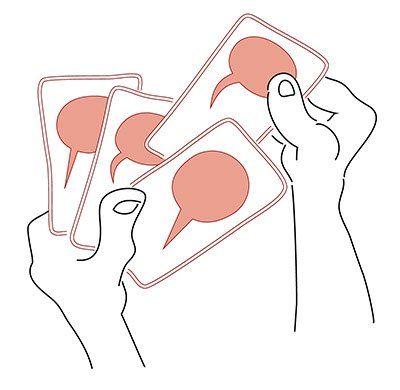Using Productive Talk Moves
Encourage individual students to share, expand, and clarify their own thinking:
1. Say More:
- “Can you say more about that?” “What do you mean by that?” “Can you give an example?”
2. Verifying and Clarifying by Revoicing:
- “So, let me see if I’ve got what you’re saying. Are you saying...?” (always leaving space for the original student to agree or disagree and say more.)
3. Wait Time:
- “Take your time; we’ll wait.”
Encourage students to listen carefully to one another:
4. Who Can Repeat?
- “Who can repeat what Javon just said or put it into their own words?”
5. Explaining What Someone Else Means:
- “Who can explain what Aisha means when she says that?”
Press for deeper reasoning:
6. Asking for Evidence or Reasoning:
- “Why do you think that?” “What’s your evidence?”
- “How did you arrive at that conclusion?” “How does your evidence relate to your claim?”
7. Challenge or Counterexample:
- “Does it always work that way?” “How does that idea square with Sonia’s example?” “That’s a good question. What do you think?”
Press students to apply their own reasoning to that of others:
8. Add On:
- “Who can add onto the idea that Jamal is building?”
9. Agree/Disagree and Why?:
- “Do you agree/disagree? (And why?)” “Are you saying the same thing as Jeyla or something different, and if different, how is it different?”
For more on Talk Moves, visit the Inquiry Project, a partnership of TERC and Tufts University.
